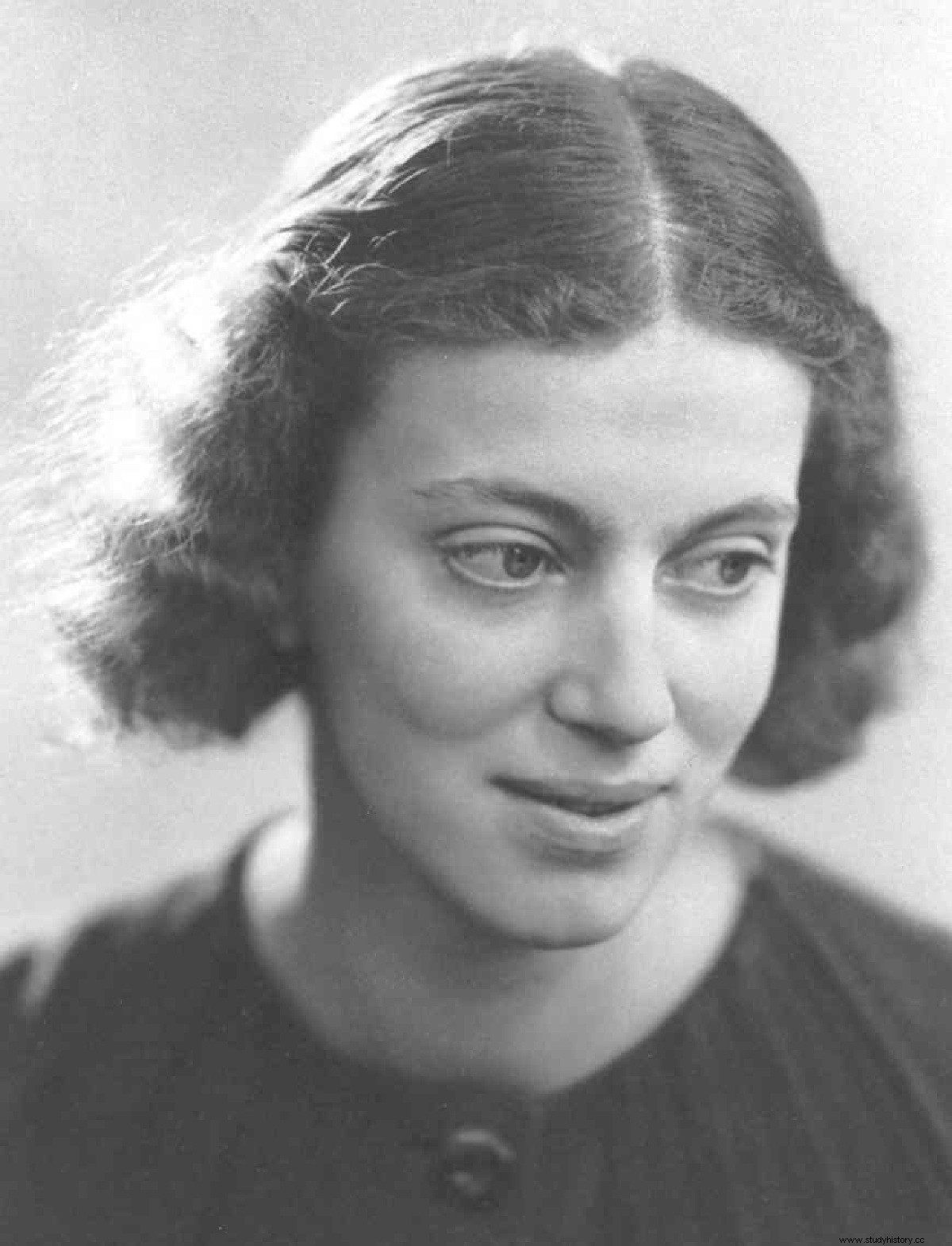Dorothy Mary Crowfoot, who married Dorothy Hodgkin (1910 – 1994) was an English chemist, a pioneer in the field of crystallography for her method of determining the geometry of complex molecules. In 1964, she received the Nobel Prize in Chemistry for her work.
A passion for science
 Daughter of Grace Mary Crowfoot and John Crowfoot, archaeologist, Dorothy Mary Crowfoot was born on May 12, 1910 in Cairo ( Egypt). During her early years, Dorothy divided her time between Asia Minor and England. During the First World War, her parents entrusted her to relatives in the United Kingdom. After the armistice, her mother decided to stay in England with her. The family continues to travel frequently, to Cairo and Khartoum.
Daughter of Grace Mary Crowfoot and John Crowfoot, archaeologist, Dorothy Mary Crowfoot was born on May 12, 1910 in Cairo ( Egypt). During her early years, Dorothy divided her time between Asia Minor and England. During the First World War, her parents entrusted her to relatives in the United Kingdom. After the armistice, her mother decided to stay in England with her. The family continues to travel frequently, to Cairo and Khartoum.
Dorothy entered the Leman school in 1921 and quickly developed a passion for science, which her mother encouraged. She studied chemistry at Somerville College, an establishment reserved for girls, then at the University of Cambridge under the tutelage of physicist John Desmond Bernal, who would have a great influence on her. There she learned techniques for determining the structure of proteins. In 1937, she married Thomas Hodgkin, teacher, educator, historian and economist, with whom she had three children.
Crystallography
In 1936, Dorothy became a researcher at Somerville College and began working on insulin. At that time, the X-ray crystallography technique she learned during her studies was not developed enough to determine the structure of this complex hormone. With other scientists, she will spend years perfecting this technique. Among other discoveries, she determined in 1937 the geometry of cholesterol, in 1945 that of penicillin, in 1954 that of vitamin B12. In 1969, she finally discovered the structure of insulin, which she considered her greatest achievement. Subsequently, she travels around the world to educate people about insulin and its role in the treatment of diabetes.
In 1964, Dorothy received the Nobel Prize in Chemistry for her work in crystallography. Subsequently, she will receive many other distinctions, including the Copley Medal, the Order of Merit and the Lenin Peace Prize. From 1972 to 1975, she headed the International Union of Crystallography. Committed to reducing the dangers of armed conflict, she chaired the Pugwash movement (Pugwash Conferences on Science and World Affairs) between 1976 and 1988. , an international movement that works for dialogue between states and nuclear disarmament.
Dorothy has had rheumatoid arthritis since she was young. As the years pass, her illness becomes increasingly disabling, deforming her hands and feet and forcing her to use a wheelchair. It nevertheless remains active, especially scientifically.
Dorothy Hodgkin died on July 29, 1994 of a heart attack.
